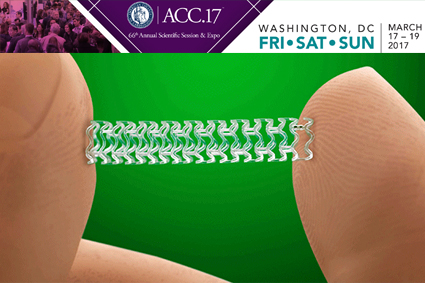
At 25 months, target vessel failure occurred in 11% of patients receiving Absorb, vs. 7.9% of patients receiving Xience, which has statistical significance.
The increased risk of target vessel failure was largely driven by an increased risk of target vessel infarction (7.3% vs 4.9%; p= 0.04).
In addition, definite/probable thrombosis rate occurred in 1.9% of patients treated with Absorb, vs. 0.8% of patients treated with Xience. Even though the numerical difference is one half, it has no statistical significance.
The FDA communicated these results reminding physicians they should follow the approved indications and they should not use Absorb in small vessels.
Since Absorb approval in Europe in 2011, plenty of information has been published stating adequate standards of preparation, diameter and post dilation to achieve better expansion and apposition.
In 2016 the FDA approved Absorb to be used in ≥ 2.5 mm and ≤ 3.75 mm diameter reference vessels. In the ABSORB III study, one fifth of patients received Absorb in vessels smaller than 2.5 mm, which may have tilted the scales against the new device.
The latter is far from mere speculation: when analyzing patients with >2.5 mm vessel diameters, the difference between devices is non-significant, in contrast with the complete cohort outcomes.
In patients with larger vessel diameters, target lesion failure rate was 9.4% for Absorb vs. 7% for Xience (HR 1.35; CI 95% 0.93-1.96).
Further analyzis showed that when physicians adjusted protocols (predilation, appropriate diameter and postdilation) Absorb events rate was remarkably similar to that of Xience.
We should also consider the higher cost of Absorb, the longer implantation time and the additional cost of intravascular imaging.
We will have to wait for the ABSORB IV data, with 2,494 patients treated with Absorb or Xience: in this analyzis, only 4% of patients received the new device in small vessels and 84% received optimal high pressure postdilation.
Original Title: Everolimus-eluting bioresorbable vascular scaffolds in patients with coronary artery disease: ABSORB III trial 2-year results.
Presenter: Ellis SG.
Subscribe to our weekly newsletter
Get the latest scientific articles on interventional cardiology
We are interested in your opinion. Please, leave your comments, thoughts, questions, etc., below. They will be most welcome.




